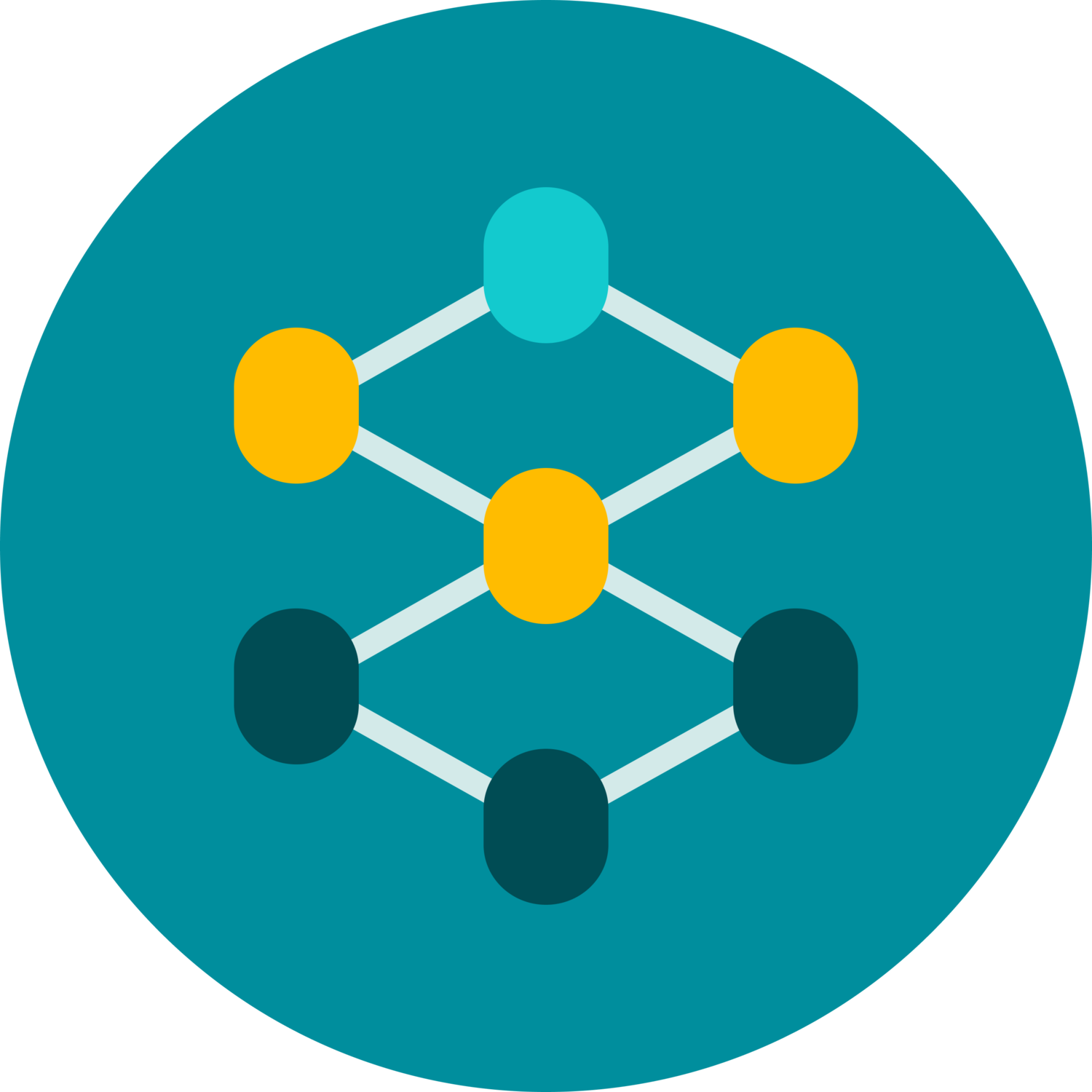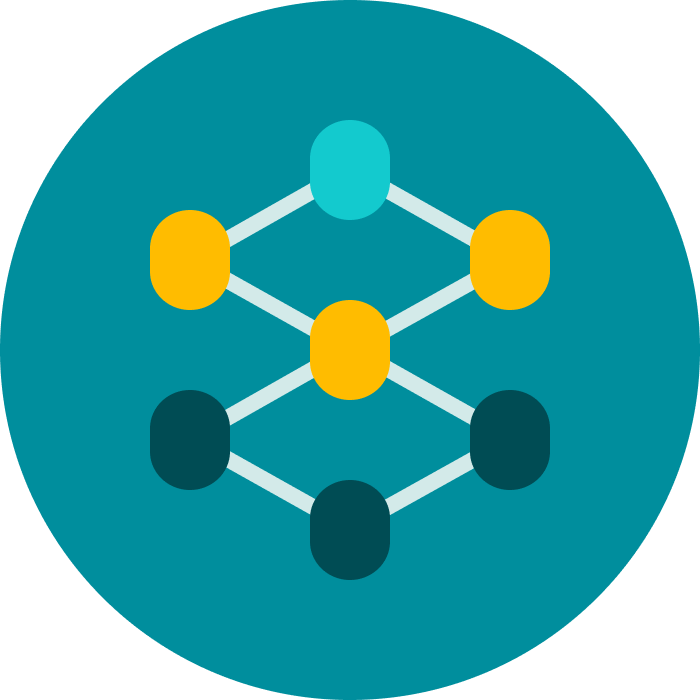New Vula features: highlights
We recently launched Version 3 of Vula with some great new features our users asked for. If you haven’t done so yet, download it now from Google Play, the Apple App Store, or the Huawei App Gallery.
Add someone on Vula to a chat
Add more people to a chat
You can now add more people to a chat by tapping on the little guy with the plus sign, just below where you type your message in the chat. This has been our most-requested feature for years.
To pull in a 3rd person into a referral, e.g. I refer a patient with abdominal pain from the CHC to EC on Vula, and if they feel surgery needs to take the patient, they pull the surgery on call into the chat. This eliminates re-referring the patient.
Change where you work
Manage where you work
We’ve added the ability for you to control the team or teams where you work. You can tap on ‘you’ at the bottom of your inbox, then choose ‘manage where you work’. This will bring up an interface where you can leave a team, or join a new team. Note that if you are going to accept referrals for a team, you will need permission from that team’s admin to join the team, so it might take a short while before you can go on call for the team.
Some of us work in 2 or more hospitals and would like features such as saying where we are referring from.
Your primary team will always show at the top of your inbox. Tapping on the top bar of the inbox will allow you to switch primary teams. When you send a case, it will show the primary team that was selected when the case was sent, so the receiver will know where you were when you sent it.
Go on call for multiple teams
Go on call for multiple teams
Linked to the ability to belong to multiple teams is the ability for specialists to be on call for multiple teams. When you tap on the top bar of your inbox to access the ‘quick team switch’ feature, you will see that you can go on call for any team where you have permission to receive referrals. If you don’t have permission to receive referrals, you won’t see the ‘on call’ button.
See case info
View the case info
With more people in the chat, it’s important to know exactly where the case originated and who has seen it. You can access a list of all participants in the case, as well as a full case history, by tapping the ‘i’ in the top right corner of every case.
The app shows you three participants by default. Tap on ‘see more participants’ to see all the participants in a case.
Tap on ‘images’ to see all the images associated with the case, whether they were sent with the original case or later as part of the chat.
Tap on ‘case history’ at the bottom of the screen to see a full history of what happened, with who, and when.
Forward to any speciality
Forward to any speciality
If you have received a case and it shouldn’t have come to you, you can now forward that case to any other speciality, without the sender having to re-do the referral.
Tap on the case info, or swipe left on the case in your inbox, to access the ‘forward’ feature via the double arrow.
A function to forward a referral to another on-call doctor, instead of having to retype all the same details. For example, discussing a septic hand with the surgeon only to be told I must discuss with the orthopod.
Hand over to a colleague
Hand over to a colleague in your team
If you are the sender or receiver of a case, you can hand over to a colleague in your team, who will then receive all messages related to the case. This is particularly useful when you are going off call and the case is unresolved - for example, when the sender is waiting for a bed to become available; or the receiver is going off call before a referred patient has arrived.
Star cases
Every case in your inbox has a star next to it, and tapping that star will put the case in your ‘starred’ inbox. To see all your starred cases, tap the black star on the grey background at the top of your inbox.
The ability to move Vulas up/pin to top - certain patients cannot be accepted immediately and will be accepted later and it can be difficult to find those referrals on busy days








